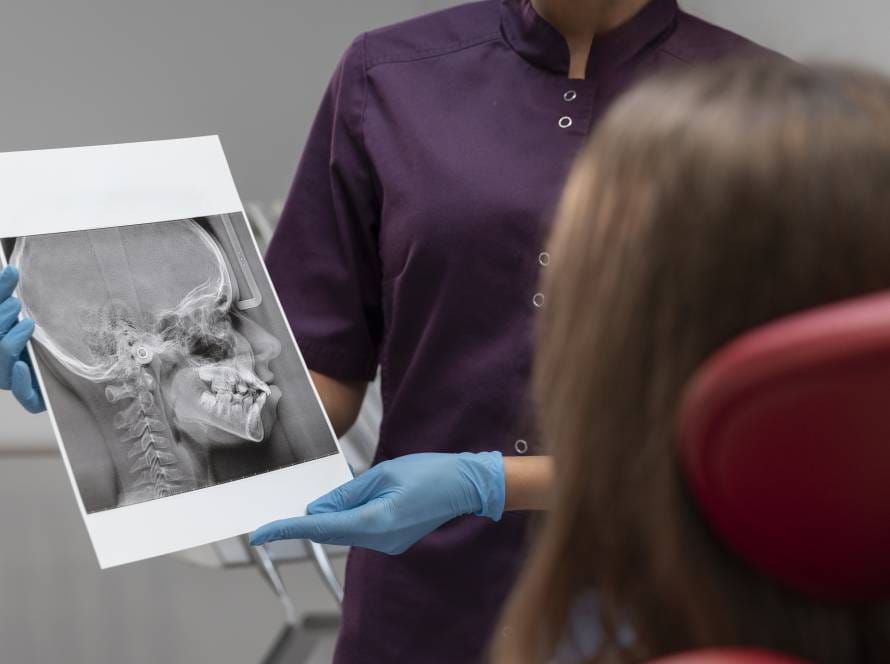Orthognathic surgery, that is, jaw surgery, is an operation of great importance both aesthetically and functionally. In these surgeries, a detailed pre-planning is essential for the treatment process to be successful. At this point, 3D digital planning technology comes into play and takes the process to a completely different dimension.
Transition from Traditional Planning to Digital
In the past, only in orthognathic surgery planning:
- X-rays
- Plaster models
- Two-dimensional photographs
such data were used. Although these methods provided a certain level of information, they were limited in predicting complex structures and movements.
The Benefits of 3D Digital Planning
Thanks to the new generation of digital orthognathic surgery planning:
- Digital scans,
- 3D tomographs,
- Face photos
By combining them, a one-to-one face and jaw model of the patient can be created in a digital environment. This digital model provides great advantages for both the doctor and the patient.
The Most Exciting Phase: Digital Simulation
The most remarkable aspect of this technology: the simulation phase.
Surgeons digitally move the patient's jaw bones:
- She can foresee the shape of the face after the operation,
- Can evaluate the jaw closure and the relationship of the teeth,
- It can analyse functions such as speech, chewing and airway patency.
In this way, the surgeon can aim for the most ideal result not only aesthetically but also functionally.
Increases Treatment Success
Thanks to these detailed digital analyses:
- Preoperative planning is much more accurate,
- The risk of unexpected consequences is reduced,
- Both the patient and the physician approach the process with more confidence.
In short, 3D digital planning provides a personalised, predictable and highly successful treatment process.




